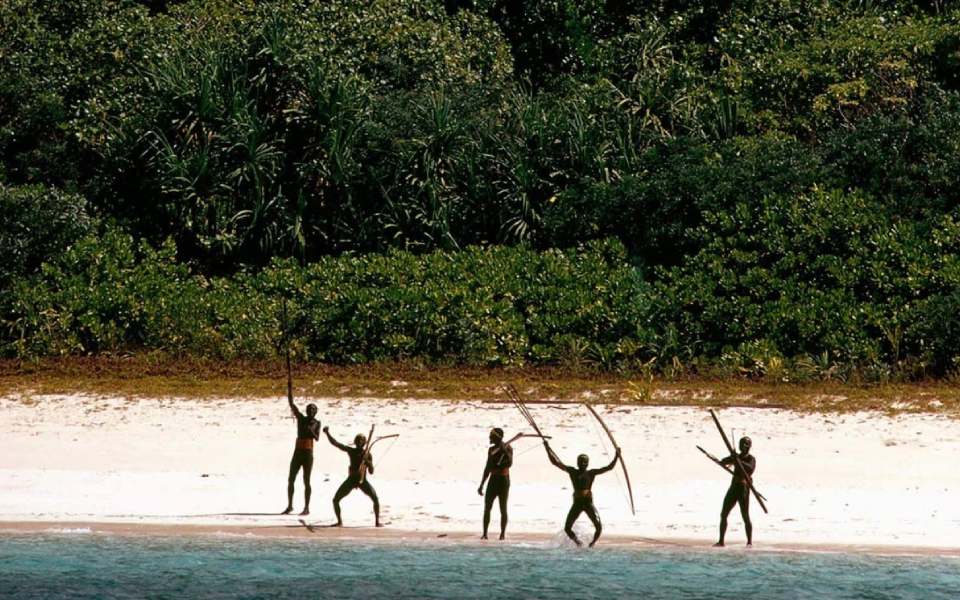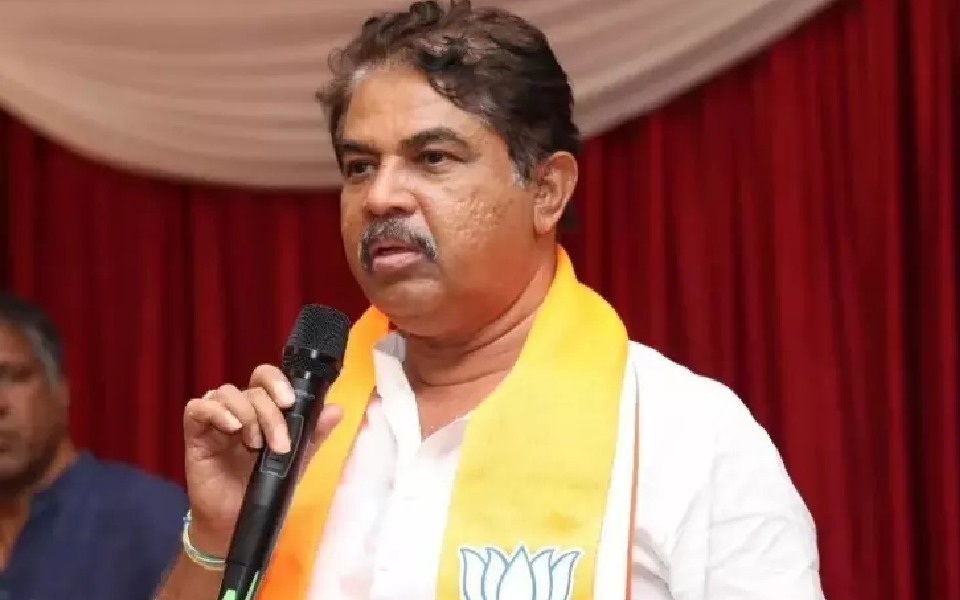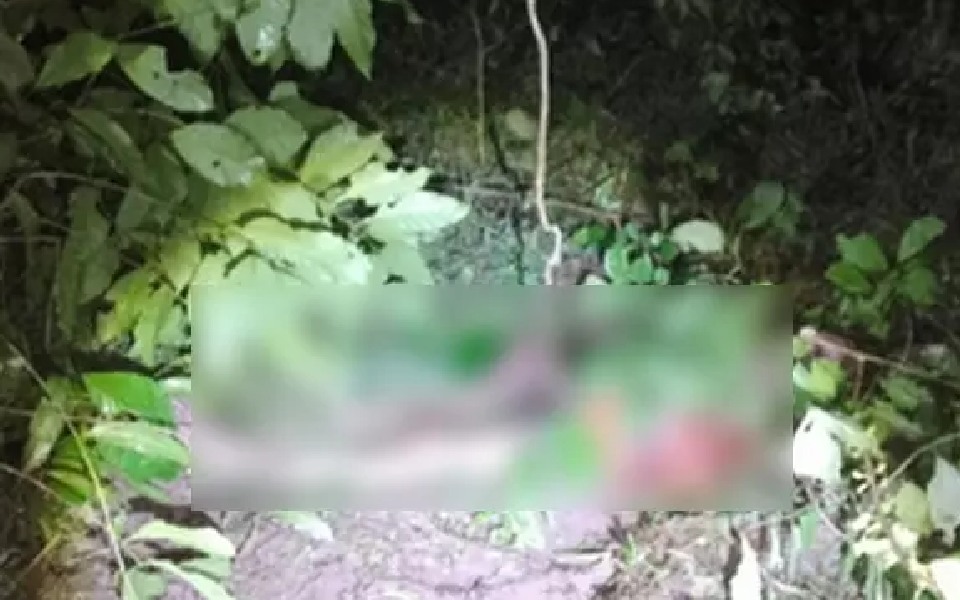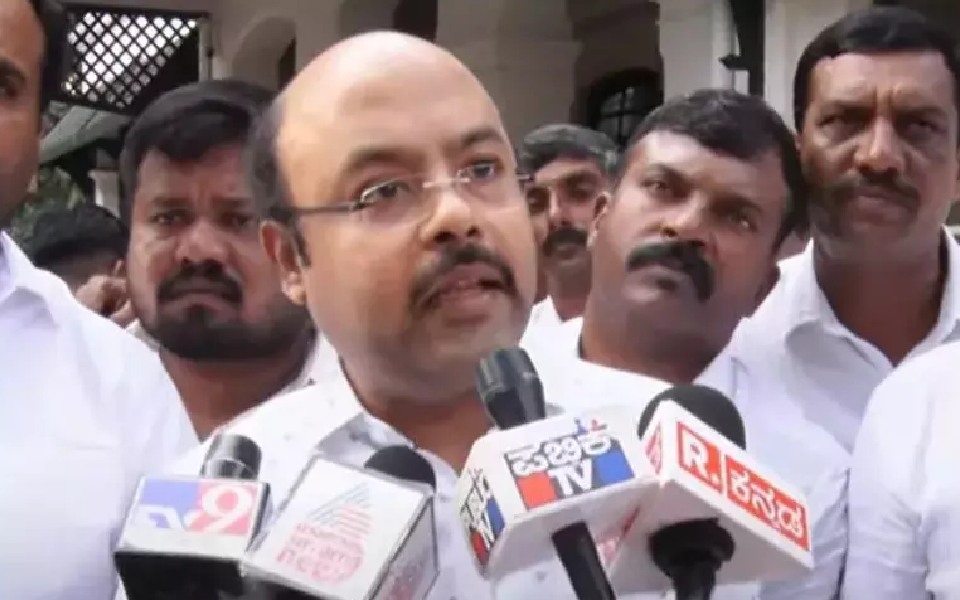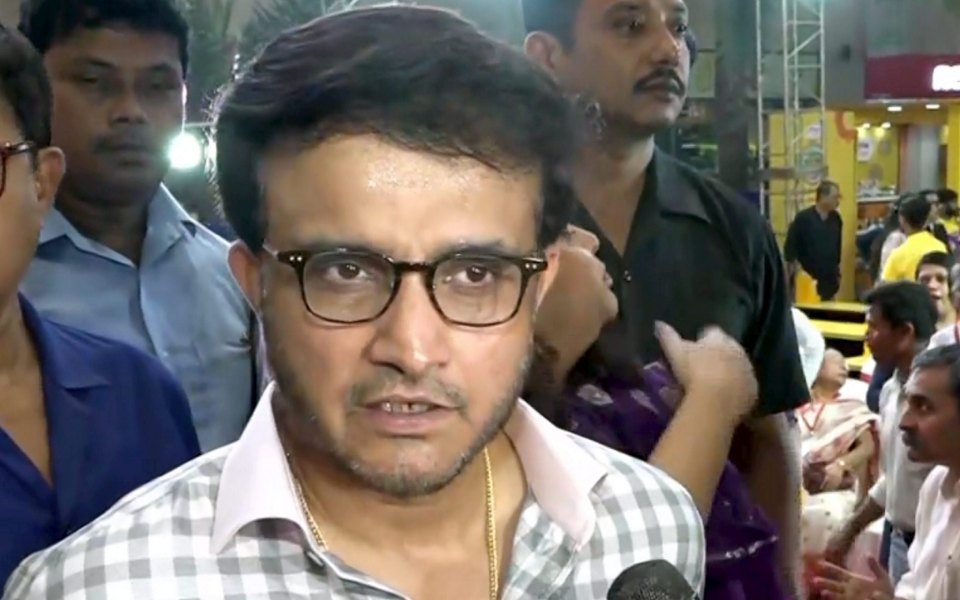Sri Vijay Puram (Port Blair): A recent photo feature published by Zee Bharat has come under sharp criticism for its inaccurate and sensationalised portrayal of the aboriginal tribes of the Andaman Islands. Titled in Hindi "Bharat mein rehti hai Duniya ki sabse khoonkhaar janjati, Bhool kar bhi gaye to zinda lautna namumkin hai: Janen kahan" (If you enter habitat of this world's most blood thirsty tribe in India, you can never return alive; Know where they live).
The report published on Zee Bharat website on June 4, 2025 claims to discuss the habitat and lifestyle of the one of the five aboriginal tribes, the Jarawas from the Andaman Islands. The report has been widely denounced by tribal welfare officials and anthropologists for spreading misinformation and reinforcing harmful stereotypes.
Speaking to Vartha Bharthi, Tribal Welfare Officer from South Andaman, Pronob Sircar refuted the depiction of the Jarawa community as 'hostile' or 'ferocious'. "The mindset has started to change. Xenophobia or fear of outsiders has also reduced and now there is no fear at all. They have a history of thousands of years and they came out as a community in 2000. Before 2000, they used to have contact with outer world as territorial groups. Their welfare work started after 2000 at the community level. My experience of working with them has been very positive and they are not at all 'ferocious'. Earlier also rumours have been spread about them that they are cannibals, their heads are dog-like. But all this is nothing but misinformation," Sircar said.
Zee Bharat’s report further claims that the tribe is among the most 'isolated and hostile' in the world (“ye duniya kay sabase alag-thalag aur kuch mayinoun mein sabase khoonkhaar jatiyoun mai se ek maani jati hai”), a label tribal welfare experts have long condemned. Since 2002, Andaman Tribal Welfare has consistently recommended avoiding the use of terms such as 'hostile' to describe tribal communities, pointing out that such language is dehumanising and the word ‘khoonkhaar’ is more appropriate to wild animals than to people.
Highlighting the progress made in building trust with tribal communities, Sircar said that their engagement with government health initiatives has been encouraging. “Since we started working on their health, they have been very positive with outsiders. We do not allow them to interact much with outsiders and maintain a distance by following every guideline as per the Supreme Court's recommendation. This is a step taken for their safety,” he added.
The Zee Bharat report also erroneously attributes the death of American missionary John Allen Chau to the Jarawa community. The article states, “2018 mein ek Amerikee missionary John Allen Chau ne Jarawa logon se unakee jameen par milane kee koshish kee. Jarawa logon ne use maar daala” (In 2018, American missionary John Allen Chau tried to meet the Jarawa people on their land... they killed him). However, Chau was killed by the Sentinelese tribe on North Sentinel Island, not by the Jarawas. He was shot with arrows and his body left on the beach.
While the report does include factual information about Jarawa reserve zones and government protection measures, it lacks adequate research and presents a skewed narrative. Experts say it reflects a broader problem of misunderstanding and misrepresentation of Particularly Vulnerable Tribal Groups (PVTGs) in mainstream media.
Speaking to Vartha Bharthi on the misleading photo feature, Dr Manish Chandi, who is an expert on community- environment interactions in Andaman and Nicobar Islands, said “The article is concocted with ignorance, attempting to exoticise and cause fear! Maligning the understanding and perception of the indigenous community such as the Jarawa and Sentinelese, without a decent understanding and bingeing on ignorance, how a news outlet passes editorial review of such an article is very unfortunate and a reflection of more ignorance.”
Critics also argue that these reports are driven by sensationalism rather than informed journalism. They do more harm than good. They contribute to a cycle of fear, ignorance and marginalisation of Indigenous communities who deserve dignity, protection and respect.
Manish further adds, “For long the indigenous communities of the A&N have been shrouded with secrecy, exclusive access and imagination of policy makers, tribal welfare and a skewed public engagement. This reflects the aspect of the lack of awareness and disengagement between cultures. What they have published that maligns the perception of the Ang community is unpardonable and despicable. The Tribal Welfare department of A&N should take suo moto cognizance of the malicious nature of the published article and lodge an official complaint towards this cognizable offence against humanity and the specific community. The article reeks of racial bias and stupidity.”
Anthropologist Vishvajit Pandya, author and former Honorary Director of the Andaman Nicobar Tribal Research and Training Institute (ANTRI), also criticised the portrayal. Speaking to Vartha Bharthi, he said, “Media and administration want to perpetuate an unchanging image of tribes because they do not want the tribes to have self-determination. In doing so, the administration really has no strain or effort to do anything and ultimately the tribal area can be totally appropriated, just like what has happened within the large spread diverse group of Great Andamanese. It is so sad that we know more about some wild species in Indian forests but less about tribal culture and society in Andaman and Nicobar.”
Author and long time researcher of the A&N islands Pankaj Sekhsaria expressed his concerns to VB and said, “It is deeply problematic and worrisome that the media should be so uninformed about the tribal communities. Such negligence leads to misrepresentation at multiple levels and creates misconceptions and misunderstandings that we can very well do without.”
Further adding to the controversy, the report is accompanied by disturbing AI-generated images that exaggerate and distort the physical features of the Jarawa people. Dr. Philipp Zehmisch, Anthropologists at the South Asia Institute, Heidelberg University, Germany says, “This is a case of absurd reporting. Unfortunately, such practices have become routine these days, reflecting the current state of journalism. The use of AI-generated images in this context only reinforces harmful stereotypes of the so-called 'savage,' echoing a colonial mindset. Sensationalist journalism must not come at the expense of Indigenous communities, who deserve understanding and respect, not to be portrayed as exotic curiosities for public consumption.”
Let the Truth be known. If you read VB and like VB, please be a VB Supporter and Help us deliver the Truth to one and all.
Bengaluru: Leader of the Opposition R. Ashoka launched a scathing attack on MLC Dr. Yathindra, demanding that he retract his controversial statement comparing Chief Minister Siddaramaiah to the late Maharaja Nalwadi Krishnaraja Wadiyar. Ashoka urged Yathindra to apologize to the people of Karnataka if he had even a shred of conscience and any respect for the Mysuru royal lineage.
In a strongly worded social media post on Sunday, Ashoka stated, “Comparing Siddaramaiah to Nalwadi Krishnaraja Wadiyar is nothing short of absurd. Where is Nalwadi, who was bestowed the title of ‘Rajarshi’ by Mahatma Gandhi himself, and where is Siddaramaiah, who has stooped to being a puppet in the hands of fake Gandhis for the sake of power?”
He continued his critique by contrasting the enduring legacy of Nalwadi, remembered fondly by Kannadigas for his people-centric development, with what he termed as Siddaramaiah’s failure to manage Karnataka’s economy, burdening every household with debt.
Ashoka highlighted several stark differences, while Nalwadi built Mysore University over a century ago, Siddaramaiah is shutting down nine universities due to lack of funds. Nalwadi famously sold his family’s gold to build the KRS dam, whereas Siddaramaiah is accused of grabbing 14 sites meant for the public. Nalwadi established Bhadravati Iron & Steel Plant, Sandalwood Soap Factory, and Mysore Paper Mills. In contrast, Ashoka claimed Siddaramaiah's governance drove away industries, investors, and entrepreneurs. Nalwadi pioneered reservations for the backward classes long before it became mainstream. Siddaramaiah, Ashoka alleged, is reducing social justice to a gimmick by sticking labels on doors in the name of surveys.
While acknowledging Yathindra’s emotional attachment to his father, Ashoka emphasized that comparing Siddaramaiah to a visionary like Nalwadi was “laughable, baseless, and a gross insult” to the late king.
In his concluding remarks, Ashoka slammed the government for ignoring farmers’ needs despite an early monsoon. He accused the administration of being caught up in internal power struggles and negligence, forcing farmers into despair. “This government will not be spared from the curse of the farmers,” he warned.

